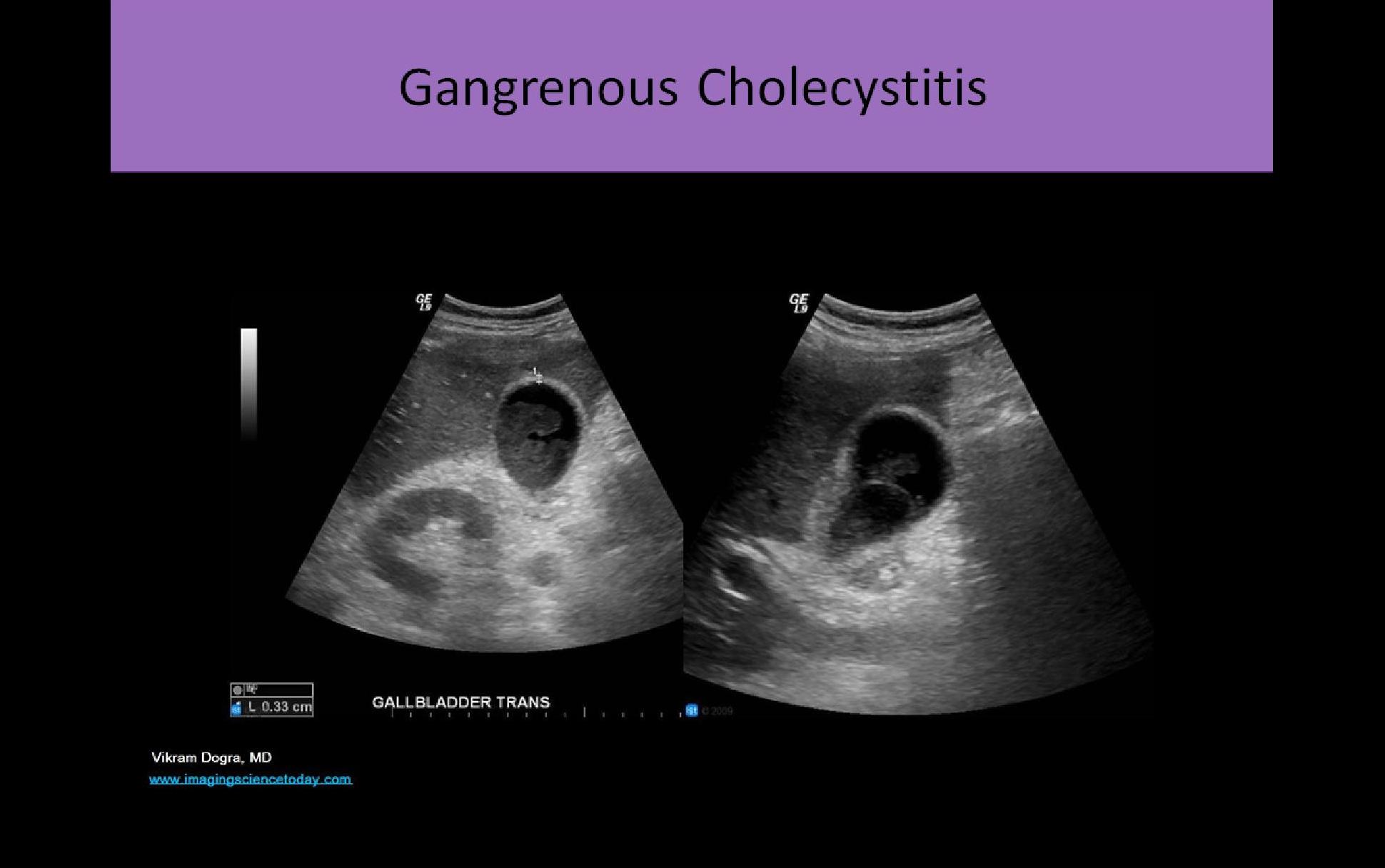
KRAS4A on the other hand uses a hybrid membrane-targeting motif consisting of an acylatable cysteine residue as well as a bipartite polybasic region and resides in disorganized liquid domains ( 10, 11). Disruption of this interaction has been proposed to reduce the tumorigenic properties of mutant KRAS4B in pancreatic cancer ( 9). Interestingly, calmodulin binding to oncogenic KRAS4B suppressed noncanonical Wnt signaling. Binding of calmodulin to KRAS4B is known to block this phosphorylation step, although the functional significance remains a matter of debate ( 7, 8). In addition, KRAS4B can be phosphorylated at serine 181 within the polybasic stretch, which is believed to reduce the net charge of the HVR, thus decreasing its affinity for the plasma membrane ( 4). The KRAS4B protein contains a unique polybasic stretch not found in other RAS proteins formed by a series of lysine residues that presumably organizes its localization to distinct nanoclusters.

These results illustrate that expression of the KRAS4A G12V mutant isoform is sufficient to induce lung tumors, thus suggesting that selective targeting of the KRAS4B G12V oncoprotein may not have significant therapeutic consequences.

Moreover, a significant percentage of these mice developed proximal metastasis, a feature seldom observed in mice expressing both mutant isoforms. Exposure of Kras +/FSF4AG12V4B– mice to Adeno-FLPo particles induced lung tumors with complete penetrance, albeit with increased latencies as compared with control Kras +/FSFG12V animals. Introduction of the same terminator codon into a Kras FSFG12V allele allowed expression of an endogenous KRAS4A G12V oncogenic isoform in the absence of KRAS4B.

Mouse embryonic fibroblasts (MEFs) obtained from Kras4B −/− embryos proliferated less than did wild-type MEFs, because of limited expression of KRAS4A, a defect that can be compensated for by ectopic expression of this isoform. Mice selectively lacking KRAS4B expression developed to term but died perinatally because of hypertrabeculation of the ventricular wall, a defect reminiscent of that observed in embryos lacking the Kras locus. In contrast, this terminator codon leaves expression of the KRAS4A isoform unaffected.

Here, we have generated a mouse strain that carries a terminator codon in exon 4B that leads to the expression of an unstable KRAS4B 154 truncated polypeptide, hence resulting in a bona fide Kras4B-null allele. Previous studies have shown that whereas KRAS expression is essential for mouse development, the KRAS4A isoform is expendable. In mammals, the KRAS locus encodes two protein isoforms, KRAS4A and KRAS4B, which differ only in their C terminus via alternative splicing of distinct fourth exons.


 0 kommentar(er)
0 kommentar(er)
